UK: Lesser Madder Hawkmoth
Rethera brandti euteles Jordan, 1937, Novit. zool. 40: 325.Type locality: C'urum [between Shiraz and Bushehr], Iran.
(Taxonomic note. Kernbach (1959) doubted the validity of this subspecies on the strength of two specimens from southern Iran, which were superficially similar to subsp. brandti O. Bang-Haas, 1937. Examination of an extensive series in the collection of E. P. Wiltshire (deposited at the Natural History Museum, London), as well as recent captures, show that his doubts may be justified. Rethera brandti euteles may only be a dry zone form.)
Holarctic; western Palaearctic region. Pleistocene refuge: Monocentric -- probably eastern part of the Syrian refuge.
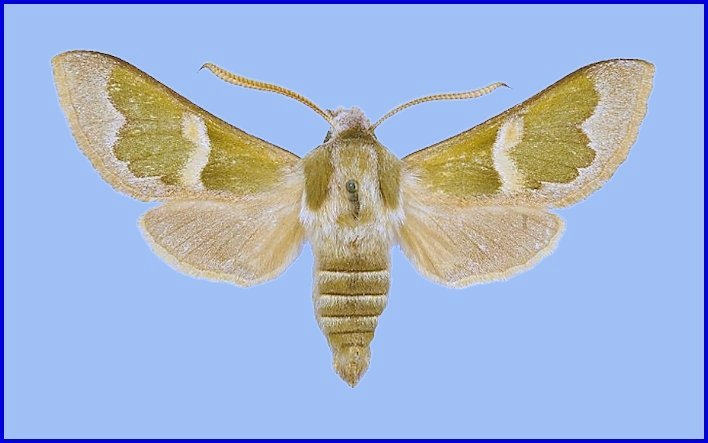
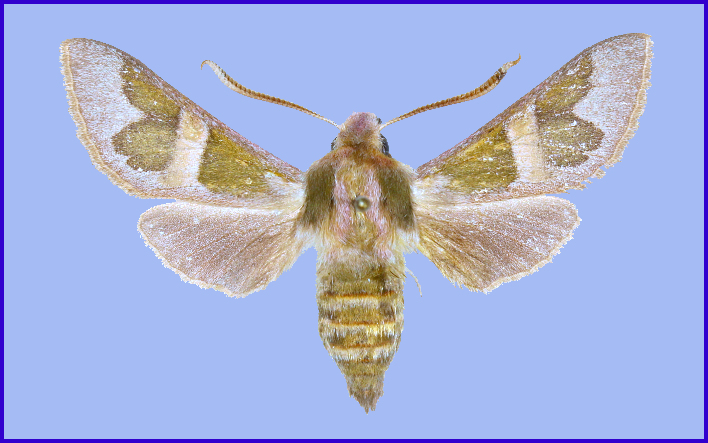
Wingspan: 40--45mm. Generally paler and greyer than subsp. brandti and usually lacking any pink coloration in most individuals; however, some specimens are similar to subsp. brandti in coloration. As in that subspecies, there is little variation.
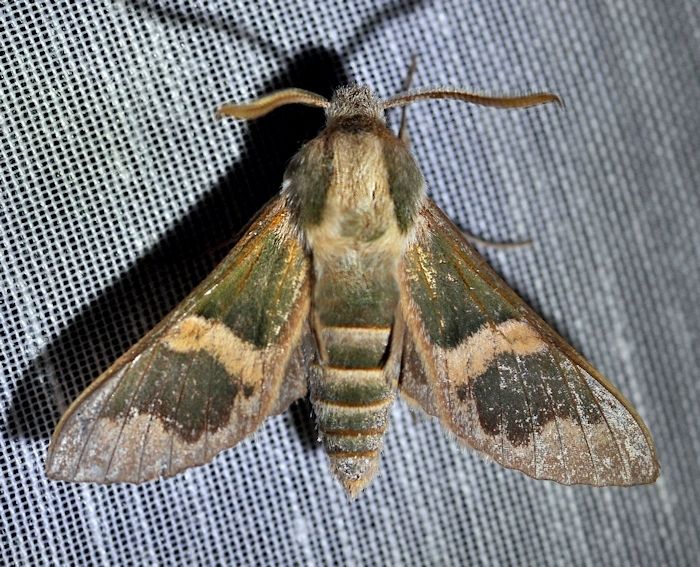
May merge with subsp. brandti in central Iran. Found in hilly steppe and desert-edge vegetation in dense but local populations at between 1000 and 2500m altitude.
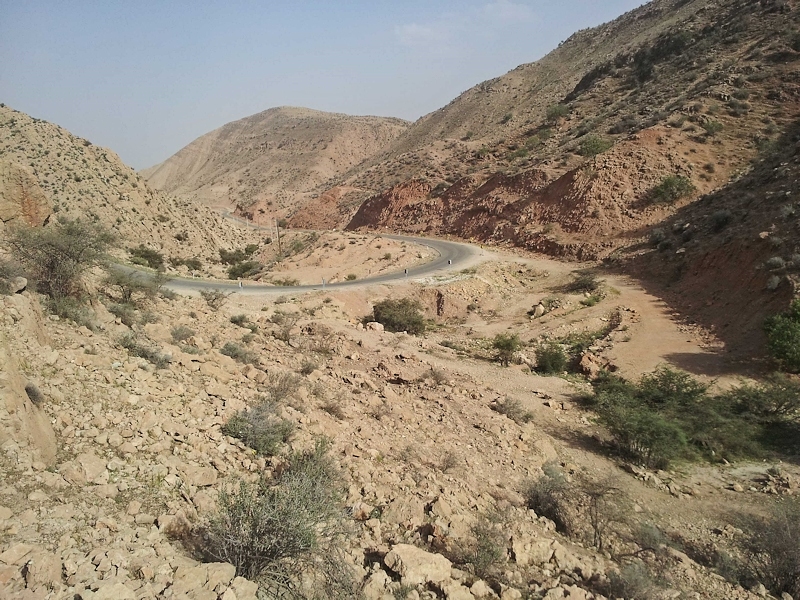
Univoltine/Bivoltine; depending on altitude, late March to mid-May and, in some places, late July to early August.
In 2002, individuals were collected in Iran on 23 April (30 Km N. Bandar-e Abbas). In 2005 and 2008, individuals of this subspecies were obtained from western Pakistan (Waziristan) between 28 July and 21 August (T. Melichar, pers. comm. 2013).
Unknown.
Hostplants. Unknown, but probably species of Jaubertia/Plocama/Gaillonia under desertic conditions, and Galium or Rubia in more verdant areas.
Unknown.
From south-east Turkey and north-east Iraq (Wiltshire, 1957; Kemal & Koçak, 2018c) to southern Iran along the Zagros Mountains (Brandt, 1938; Ghassemi, Alemansoor & Alehossein, 2010), Iranian Beluchistan (Daniel, 1961), and east to western Pakistan (Rafi et al., 2014). May be more widespread than indicated due to the remoteness of its habitat.
Although resembling Rethera amseli, the badly worn individuals collected in western Pakistan (North Suleiman/Kesai Mountains, South Waziristan, near Tanai Village, 1500-2500m, 28.vii-12.viii.2005 & 17-21.viii.2008 (leg. V. Gurko, coll. Sphingidae museum of Czech Rep.)), were confirmed as being this taxon by DNA barcoding.
Extra-limital range. None.
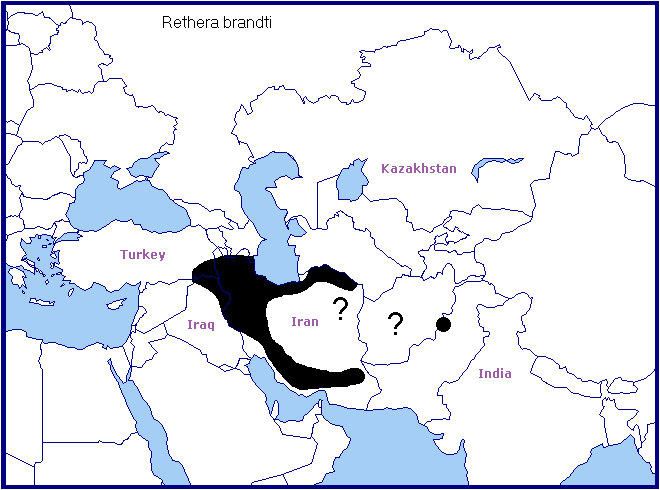
Northern and north-central Iran as Rethera brandti brandti.
 Return to species list
Return to species list